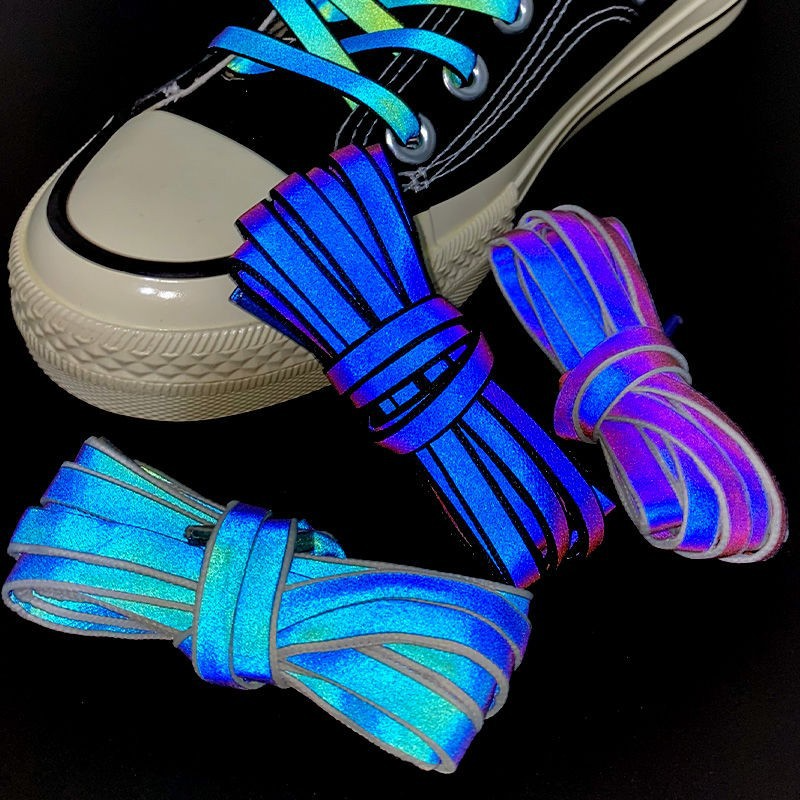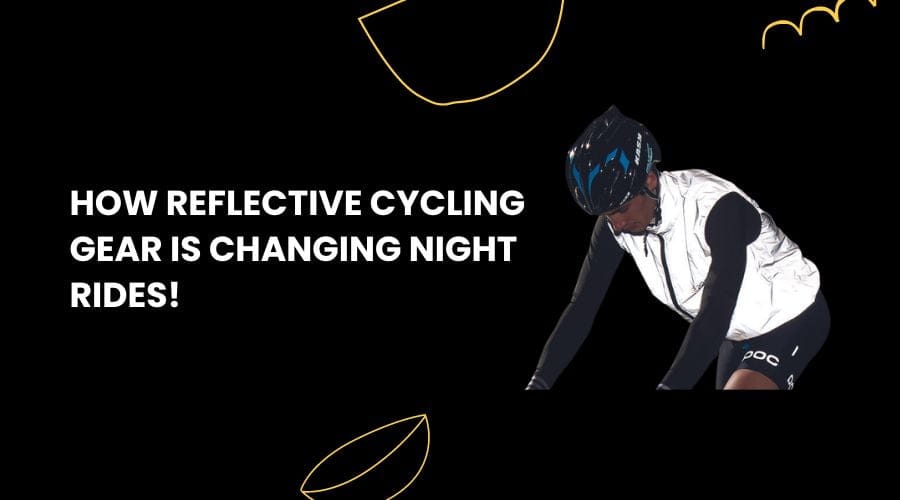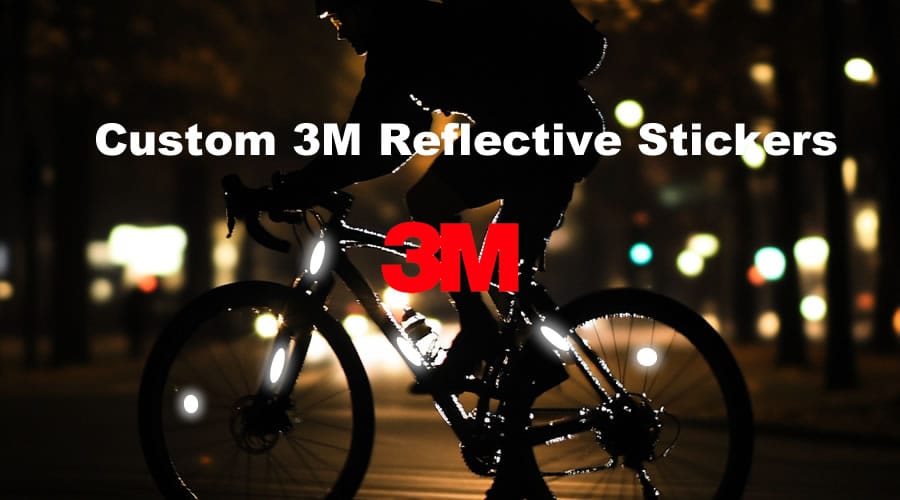Reflective cycling gear has ushered in a new era for night rides. Beyond its practical benefits of safety and visibility, this gear has transformed the essence of cycling after dark. It has given rise to a united community, encouraged longer rides, and prompted a reevaluation of road safety norms. As reflective cycling gear evolves, it will remain a beacon of innovation, making night rides safer and more exhilarating.
Reflective cycling gear is specialized clothing and accessories designed to enhance the visibility and safety of cyclists during low-light conditions or at night. It is essential for ensuring that cyclists are easily spotted by motorists, pedestrians, and other road users.
Introduction
The cycling community has witnessed a significant transformation in how cyclists approach night rides, thanks to the innovation of reflective cycling gear. These cutting-edge accessories have enhanced low-light Safety and revolutionized the cycling experience. Let’s explore the world of reflective cycling gear and how it reshapes night rides.
The Advent of Reflective Cycling Gear
The evolution over the years: Since the early days of clunky, heavy vests that felt more like a burden than protection, reflective cycling gear has come a long way. Today’s equipment seamlessly blends functionality with style. Remember those neon vests from the 90s? Yep, those have received major upgrades.
The science behind reflectivity At its core, the principle is simple: bounce back the light to its source, making it easier for drivers and other road users to see cyclists. The reflective material contains tiny glass beads or prismatic elements, scattering light in various directions.
Enhanced Visibility and Safety: One of the most critical factors in cyclist safety is visibility, particularly in the early morning, late evening, or adverse weather conditions. Traditional cycling attire cannot often stand out in low-light settings, putting cyclists at risk of accidents with motor vehicles. Reflective cycling gear, however, has revolutionized this aspect by incorporating materials that reflect light back to its source, making cyclists exponentially more visible to drivers and pedestrians alike.
Technological Innovations: The effectiveness of reflective cycling gear lies in its design’s innovative materials and technologies. Microscopic glass beads, for instance, are embedded in the fabric of cycling clothing, creating a colourful effect that disperses light in multiple directions. This leads to a heightened visibility range and, subsequently, increased Safety. Moreover, advancements in reflective paint and adhesive strips have made it possible to retrofit existing cycling gear, expanding the reach of this safety trend.
Diverse Applications: Reflective cycling gear extends beyond clothing alone. Accessories such as helmets, gloves, and bike frames have incorporated reflective elements, transforming them into active safety features. This holistic approach ensures that cyclists are visible from various angles, leaving minimal room for misinterpretation.
Cultural Shift towards Safety: The emergence of reflective cycling jackets has contributed to a cultural shift in the cycling community. Safety-conscious cyclists are now more inclined to adopt and promote reflective gear as a responsible and essential aspect of their cycling routine. This not only safeguards individual cyclists but also fosters a safer cycling environment.

Government Initiatives and Regulations: In response to the growing importance of cyclist safety, many governments have introduced regulations mandating using reflective gear in certain low-light conditions. This encourages cyclists to prioritize their Safety and raises awareness among the general public about the significance of reflective gear in preventing accidents.
The Importance of Visibility During Night Rides
Cycling at night presents unique challenges due to reduced visibility, making it crucial for cyclists to prioritize their Safety by enhancing their visibility to others on the road. Here are some key points highlighting the importance of visibility during night rides:
The dangers of cycling at night Limited visibility makes night rides riskier. Drivers can’t always spot cyclists, leading to potential accidents.
Reflective gear’s role in accident prevention amplifies your visibility manifold. When a car’s headlights hit the gear, it lights up, alerting the driver of your presence.
- Reduced Light Conditions: Night rides entail significantly lower natural light levels, increasing cyclists’ and road users’ difficulty spotting each other. This heightened risk necessitates measures to improve visibility.
- Potential Hazards: The road environment can be filled with potential hazards at night, such as potholes, debris, and uneven surfaces. Adequate visibility is essential to identifying and avoiding these dangers.
- Motor Vehicle Interaction: Interactions with motor vehicles become even more critical at night. Reflective gear ensures drivers can identify cyclists from a distance, allowing them to adjust their driving accordingly.
- Pedestrian Safety: In urban areas, cyclists often share pathways with pedestrians. Reflective gear not only alerts drivers but also pedestrians, preventing collisions and ensuring the safety of all road users.
- Adverse Weather Conditions: Rain, fog, and mist can diminish visibility during night rides. Reflective gear aids in cutting through these conditions, making cyclists more conspicuous.
- Two-Way Visibility: Reflective gear enhances cyclists’ visibility to others and helps them see their surroundings better. This improves reaction time and overall situational awareness.
- Preventing Accidents: Studies have shown that many cycling accidents occur in low-light conditions. Reflective gear plays a crucial role in reducing the likelihood of accidents by alerting others to the presence of cyclists on the road.
- Legal Requirements: In some regions, using reflective cycling gear during night rides is a legal requirement. Adhering to such regulations ensures both personal Safety and adherence to the law.
- Promoting Safe Cycling Practices: By wearing reflective gear, cyclists set an example for others, encouraging a safety culture within the cycling community and among other road users.
- Peace of Mind: Wearing reflective gear allows cyclists to focus on the joy of cycling and their route, knowing they are taking proactive steps to enhance their Safety.
- Emergency Situations: In emergencies, reflective gear makes it easier for rescue personnel to locate cyclists quickly, especially in areas with limited lighting.
- Customization and Style: Reflective gear comes in various styles and designs, allowing cyclists to express their flair while prioritizing Safety.

Key Reflective Gear Pieces Every Cyclist Should Own
Reflective jackets and vests: These are wardrobe essentials for night riders. Not only do they keep you warm, but they also act like a shining beacon on the road.
Reflective helmets: Safety and style can coexist! Helmets today come with reflective designs that make them stand out, ensuring a dual shield for your noggin.
Reflective tapes and stickers for bikes: Jazz up your bike while adding an extra layer of safety. Slap on some reflective tape or stickers, and watch your bike transform as it catches the light.
The Future of Reflective Cycling Gear
Technological advancements: Think LED integration, glow-in-the-dark materials, and even smart sensors. The future looks bright (pun intended)!
Incorporating smart tech into reflective gear: Imagine a jacket that syncs with your phone, flashing indicators based on your GPS route. Sounds futuristic? It’s closer than you think.
Smart Reflective Fabrics: The integration of smart textiles could revolutionize reflective gear. Imagine cycling attire embedded with LED lights that respond to ambient light conditions and cyclist movements, enhancing visibility dynamically.
Solar-Powered Illumination: Solar panels integrated into cycling gear could power small LED lights, ensuring constant visibility without needing external power sources or batteries.
conclusion
The evolution of reflective cycling gear is a testament to the perfect blend of safety, style, and innovation. Night rides have never been safer, and as technology advances, the line between functionality and fashion will continue to blur.
FAQs
1: Why should cyclists wear reflective clothes at night?
Cyclists should wear reflective clothes at night to enhance their visibility to other road users, especially drivers. Reflective materials on clothing reflect light from headlights, making cyclists easier to spot in low-light conditions, thereby reducing the risk of accidents.
2: How do reflectors help a bicycle rider?
Reflectors on bicycles and riders’ clothing work by bouncing back light from sources like car headlights. This makes the cyclist more visible from various angles, alerting drivers to their presence on the road and improving overall safety.
3: When riding a bicycle at night, should you have a light that shines?
Yes, it is crucial to have a front light that shines when riding a bicycle at night. A front light helps cyclists see the road ahead and makes them more visible to oncoming traffic. Many jurisdictions also have legal requirements for bicycles to have front and rear lights when riding at night.
4: How can I make my bike more visible at night?
To make your bike more visible at night, consider using reflective tape or stickers on various bike parts, such as the frame, pedals, and wheels. Attach front and rear lights, and wear reflective clothing or accessories. These measures significantly enhance your visibility and safety on the road.
5. Why is reflective clothing important?
Reflective clothing is important because it significantly increases cyclists’ visibility in low-light or dark conditions. When light from car headlights hits the reflective material, it bounces back, alerting drivers to the cyclist’s presence and reducing the chances of accidents.
6: Why is it important to wear a reflective vest?
Wearing a reflective vest is important for cyclists because it provides a large surface area covered in reflective material. This maximizes visibility from different angles and distances, making the cyclist more noticeable to drivers and other road users, especially during nighttime or low-light situations.














